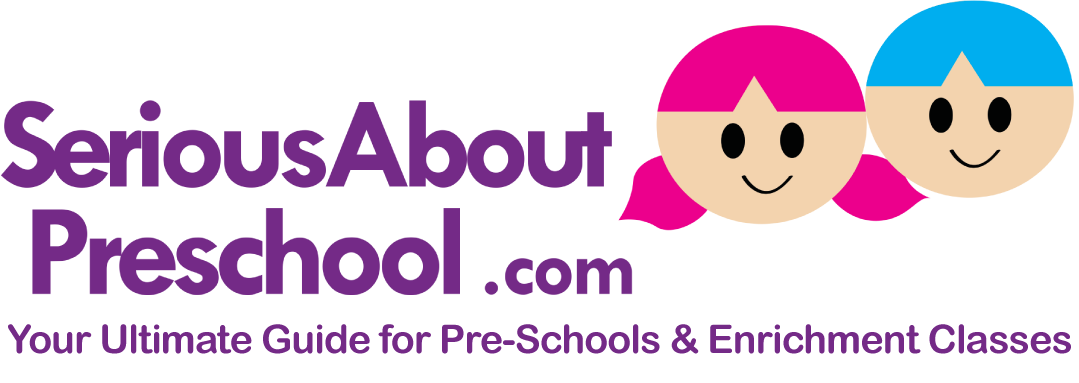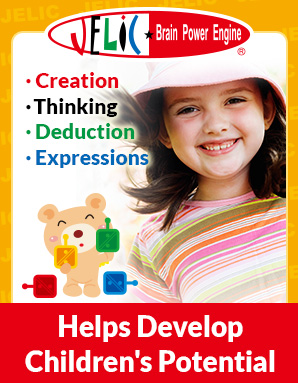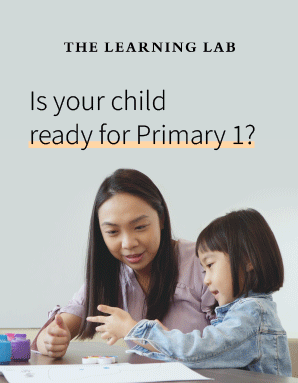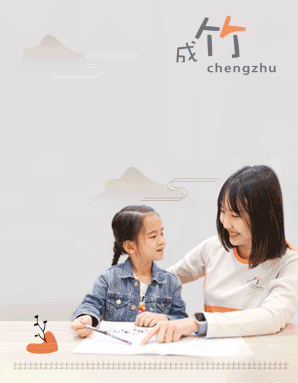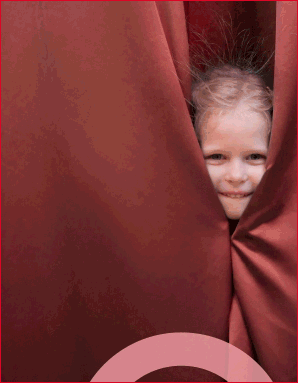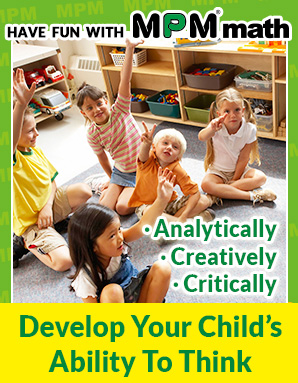Positive Discipline Techniques for Young Children
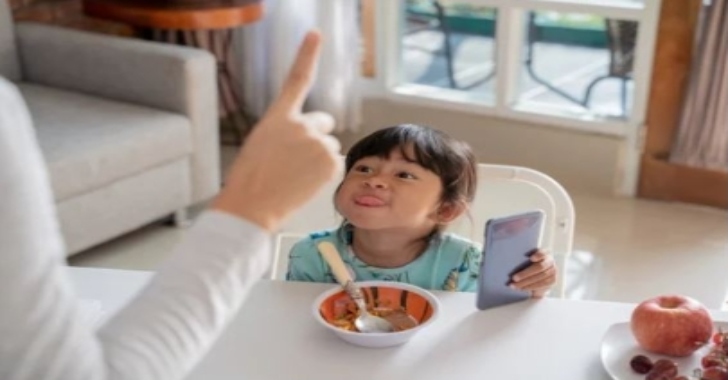
It is crucial for the entire development of young children to have a nurturing environment.
Five essential positive disciplinary methods
Positive disciplinary methods provide parents and other caregivers the ability to help and guide children through difficult times while building a solid, caring bond. This post will discuss five essential positive disciplinary methods that support a child's development and mental health.
1. Transparent and Reliable Communication:
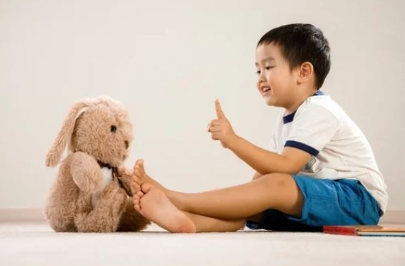
Positive discipline is built on effective communication. Make sure your child understands the expectations, regulations and the consequences of their conduct by communicating them clearly. The secret is to be consistent; follow through on you pledge to take action and regularly recognize good behaviour. This aids in children's understanding of expectations in the home setting and helps them feel secure.
2. Set a Good Example:

Kids are quick observers and often model their behavior after those around them. One of the most effective ways to instill healthy habits in young minds is to exhibit positive behavior. When you engage with people using patience, kindness, and respect, your child will likely emulate these qualities as well. By setting a good example, you provide your child with a living illustration of the values you want them to learn.
3. Promote Emotional Expression:
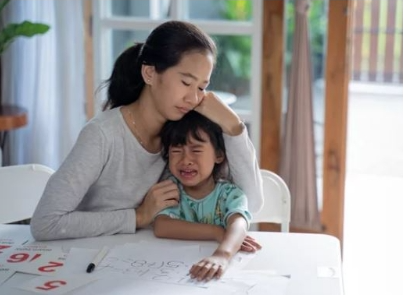
Young children may find it challenging to express their emotions, leading to frustration and misbehavior. Encouraging emotional expression is a crucial aspect of positive discipline. Ensure that your child has a secure environment to express their emotions without fearing judgment. Help them label their feelings using language suitable for their age, thereby fostering emotional intelligence and self-awareness. When kids feel heard and understood, they are more likely to cooperate.
4. Make Use of Positive Reinforcement:
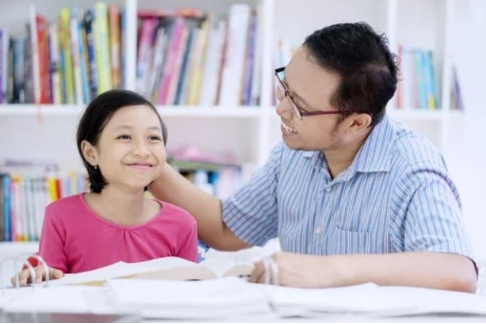
This strategy entails praising and recognizing positive conduct. Emphasise positive reinforcement when your child behaves well, rather than concentrating only on the negative outcomes. Tell them specifically what they did well and give them credit for their efforts. As a result, they feel more confident in themselves and are further supported in the notion that good deeds have good results.
5. How to Effectively Implement Time-Outs:
Time-outs, although commonly perceived as a punitive measure, can be effectively employed as a tool for good discipline. Give kids time-outs to think on what they did wrong rather than isolating them as a punishment for misbehaving. Talk about other approaches to handling the situation and get them to reflect on what went wrong. Children can learn to solve problems with this method and take responsibility for their behavior.
The application of positive discipline methods fosters a positive, harmonious relationship between parents and children as well as the social and emotional growth of the kid. Young children can thrive in environments that support their growth and well-being when parents and caregivers incorporate positive behaviors, model good conduct, encourage emotional expression, use positive reinforcement, and employ time-outs skillfully.




